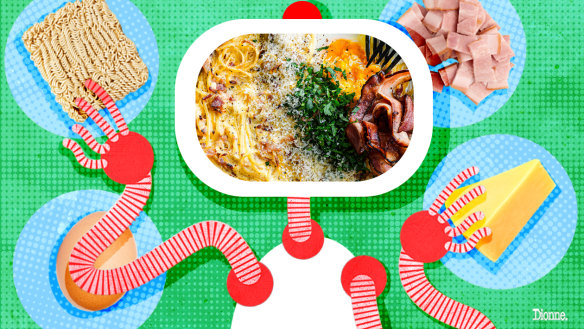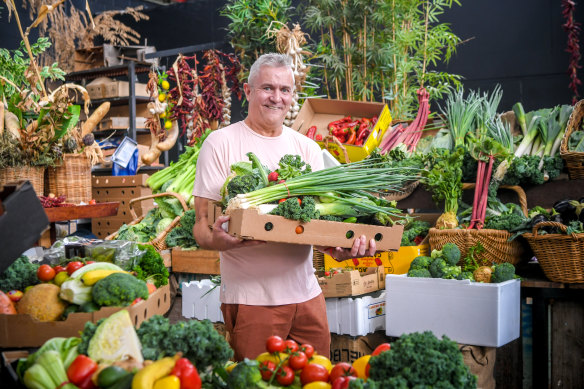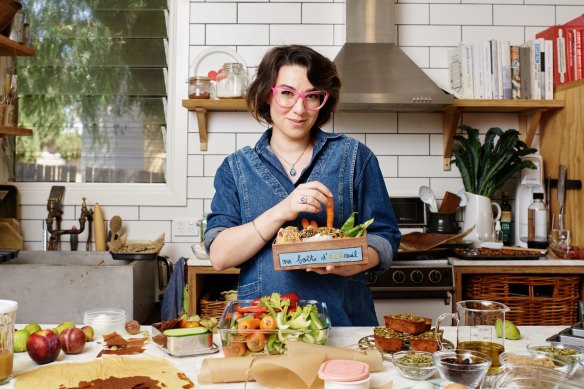
For all the non-cooks who’ve ever lamented that they can’t boil an egg, artificial intelligence is here to help. I checked.
If you ask ChatGPT – the most prominent of the AI platforms that have threatened to take over the world in the past year – how to boil an egg, it will tell you instantly, if not succinctly.
It starts helpfully with: “Boiling an egg is a simple process. Here’s how you can do it. Ingredients: Eggs. Water. Equipment. Pot. Stove.”
Water? Got it! Pot? Check! Stove? Yep! And you’re off to the races, egg-wise.
ChatGPT then goes into chapter and verse about the cooking adventure that awaits, taking eight steps and 350 words plus supplementary information to get you from A to B.
All of which is to say, AI is your friend if you have literally no idea what you’re doing.

But in the food world, the technology raises as many questions as it answers. Just how far can it go in doing the unthinkable: replacing the human element in this most human of creative endeavours, cooking and eating?
Could it, I wondered, write a cookbook without any help from the human hand and mind beyond the request: “Write me a cookbook”?
As a basic test of that premise, I wondered what would happen if I opened the pantry and the fridge, told ChatGPT what was in it, and asked it to create some recipes for me.
It did all that, and more.
I started with a very basic prompt: write me a recipe using two-minute noodles, ham, cheese and an egg. A midnight-snack emergency. In about 10 seconds, the recipe unfolded on my screen as I watched: a perfectly serviceable meal it called “Cheesy Ham and Egg Noodle Skillet”.
ChatGPT added in the necessary bits and pieces — oil, basic spices, optional herbs, and provided a perfect method description, even finishing off with advice on how to serve it and suggested variations.
So far, so terrifying.
Next I tested it on three variations, using chicken breast and some pantry basics. Within seconds, it delivered an Italian-themed recipe using chicken breast, tinned tomato and onion; then an Asian-themed recipe using chicken, noodles, soy sauce and an onion; and an Indian-themed peanut-butter chicken with white rice.
For the third recipe, I challenged it to supply nutritional information – and there it was at the bottom, the breakdown of protein, carbs, fats and so on.

All this happened in about 10 minutes, and most of that time was spent deciding what challenges to throw at it next. I got more adventurous, offering the contents of my vegetable crisper and watching it produce a recipe for a delicious vegie bake I will now make every week.
Then I wanted a home-made protein bar. I had some leftover roast pumpkin, oats and honey. It came up with the goods. So good, I will make it all the time.
So what does this mean for home cooking?
In short, ChatGPT is – like all technology – a great tool, and one I could see myself using regularly. I have put two of the AI-generated recipes – the vegetable bake and the protein slice – on regular rotation, and it’s certainly a great friend in a pinch when inspiration, or ingredients, are in limited supply.
And for me, the ability to get an instant rundown of the nutritional value of each dish is a game-changer.
And the drawbacks? Well, there’s the basic question of trust. AI is only as good as the information it has access to, and the information it has access to is on the internet. If a common error is repeated over and over in online recipes, it will be repeated by ChatGPT. Once you recognise that, you realise the limitations and the potential for disaster.
“It’s one thing for a recipe to work. It’s another thing for a recipe to be delicious.”
Alice Zaslavsky
And then there is the personal touch you get from your favourite chefs and cookbooks. ChatGPT, after all, cannot smell and it cannot taste, and if it tells you something works, you have no idea who did the original smelling and tasting to prompt that advice.
Talking to people who have given the matter some thought – and put AI through its paces in their own fields of food expertise – the attitude is more curious than wildly concerned.

Cookbook author and TV and ABC radio host Alice Zaslavsky says she asked ChatGPT to generate some food writing to see how it performed – and the results were rather terrible to her professional eye.
“I would say that at least 70 per cent of the information that it came up with was incorrect, or not complete.”
“I don’t think you could write a cookbook in an hour using ChatGPT,” she says. “I mean, you could, but it wouldn’t be very good. It’s one thing for a recipe to work. It’s another thing for a recipe to be delicious. And that’s something that I genuinely think is the human ingredient.”
The best recipes from Australia's leading chefs straight to your inbox.
Sign upFrom our partners
https://ift.tt/yHtaERi
Entertainment
No comments:
Post a Comment